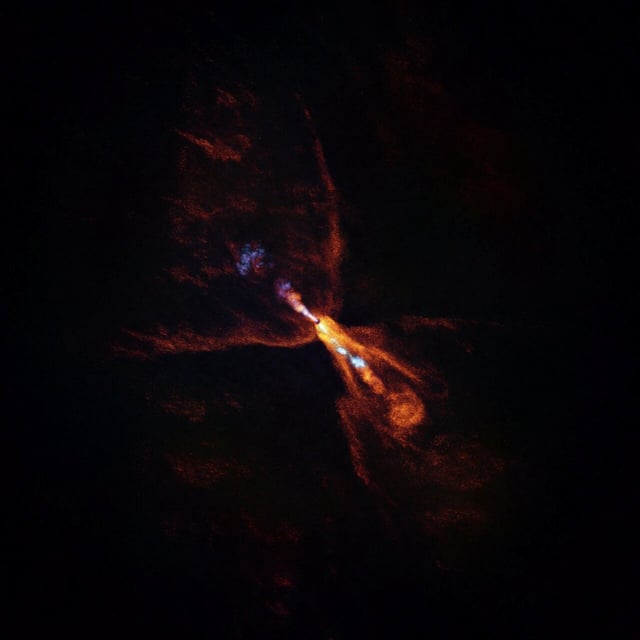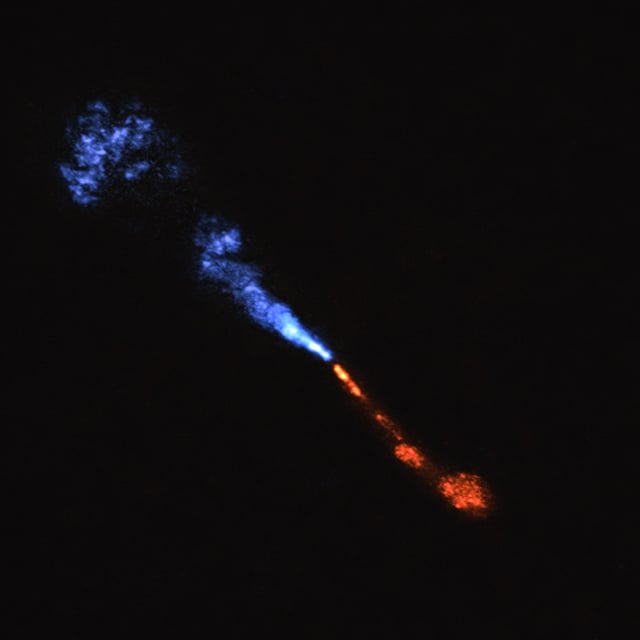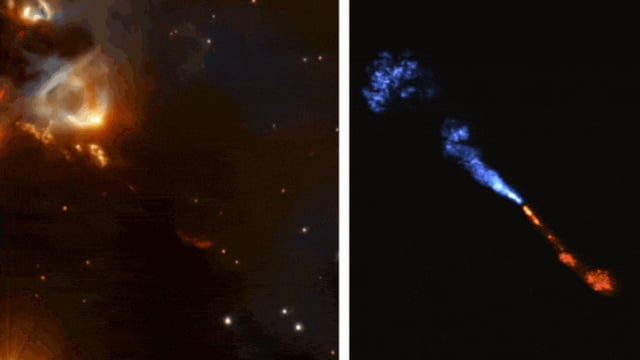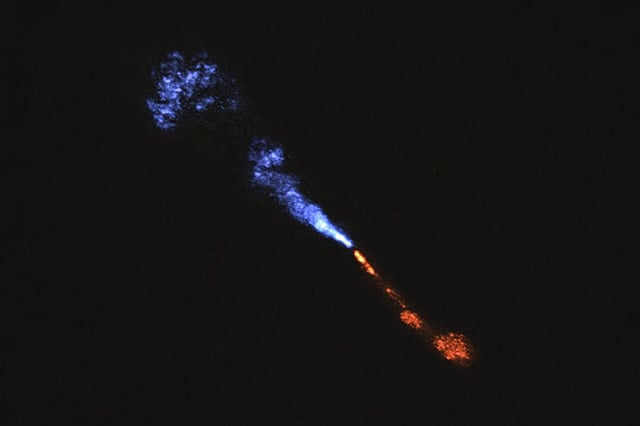Overview
- Scientists observed silicon monoxide gas transitioning into solid crystalline silicate grains at about 2.2 astronomical units in HOPS-315’s disk, marking the earliest detected stage of rocky planet formation.
- The protostar HOPS-315 in Orion is estimated to be 100,000 to 200,000 years old and lies roughly 1,300 light-years from Earth, making it an analogue of our young Sun.
- Infrared spectra from NASA’s James Webb Space Telescope revealed mineral signatures while ALMA’s submillimeter imaging localized the condensation zone within the protoplanetary disk.
- The observed region corresponds to an asteroid belt analogue, linking laboratory studies of meteorites to real-time observations of planet-building processes.
- The findings, led by Melissa McClure of Leiden University and published July 16 in Nature, open pathways for comparative studies of other emerging planetary systems.



